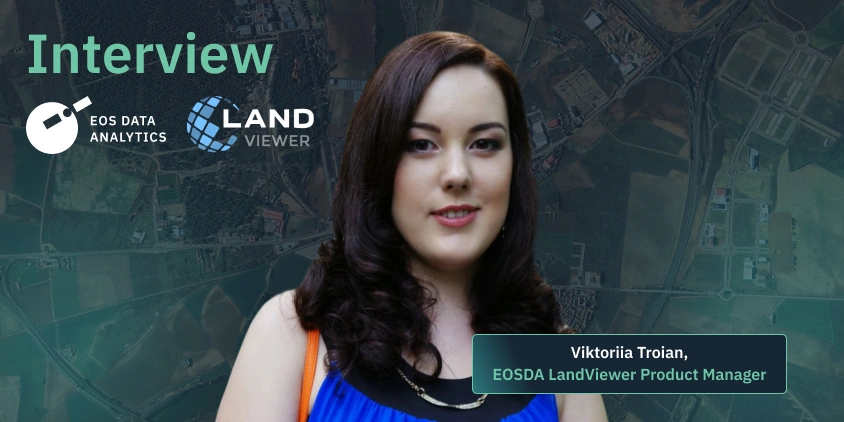
EOSDA LandViewer 2024: Updates, Solutions, & Plans
EOSDA LandViewer, an Earth observation tool developed by EOS Data Analytics, has been a huge success since its very launch. As per our “EOSDA LandViewer in 2023” wrap-up blog post, it still attracts most of our new users, which inspires us to continue updating and improving it.
To learn about EOSDA LandViewer’s latest and upcoming updates, we talked to its Product Manager, Viktoriia Troian. In this interview, she explains the intricacies of emerging tasking mechanisms and the reasoning behind adding more high-resolution satellites. Viktoriia also reveals what else is planned for the platform in 2024.
What Is New In EOSDA LandViewer In 2024?
We work tirelessly to give our clients the most, and that includes adding more image sources. The clients can have a broader range of satellites and image providers to choose images from. So far, in 2024, we have already added four new high-resolution satellites, Beijing-3A, Beijing-3N (former BJ3B), SuperView 2, and SuperView Neo-1, from two providers, in addition to high-resolution imagery providers already available in the tool. We plan to expand the range of high-resolution images available on EOSDA LandViewer, providing access to a broader selection of both archive and tasking images. Archive means that the images were taken at some specific time in the past, and our availabilities here depend on our satellite partners and go as deep as 2012. Tasking implies capturing images of a certain area specified by the user, which might require setting the satellite’s sensors to acquire data at a certain time and location.
We’ve also made two improvements to the process of ordering archive high-resolution images. Before, when the user added the image to the shopping cart, they needed to enter the cart to see all the images and then proceed to the payment stage. Now, when the users add the image to the cart, it opens automatically, and they do not need to take any additional steps to complete the payment.
Another significant improvement is automatic area of interest (AOI) detection. Previously, the user had to manually choose the AOI to see the prices and proceed with the payment. Now, when the user enters the High-resolution imagery section, the platform automatically creates the AOI for the location the client browsers on the map with a minimal order size for the archive image, with the ability to edit manually, of course.
As for the major updates planned for this year, we want to introduce Tasking for high-resolution imagery and integrate the EOS SAT-1 satellite archive and tasking into the product. EOS SAT-1 was launched in January 2023 for EOSDA to cover the needs of our users specifically. We plan to automate the high-resolution image delivery to ensure users receive the images faster, which was previously a manual procedure. The plans are quite grand in terms of updates that are continuously becoming more and more client-oriented, as you can see.
To remain one of our most popular tools, EOSDA LandViewer must develop as a tool. That is why we search for new possibilities to enhance it by monitoring the new updates and emerging technologies in the Earth observation industry.
How Does The Product Help Our Clients In 2024? What Kinds Of Users Benefit From EOSDA LandViewer?
We have several different user groups, and to answer your question, I’d like to tell you a bit more about each. The agriculture market players use EOSDA LandViewer to monitor crop health, growth, and productivity. They can benefit more from soil moisture levels, crop vigor, and vegetation indices and create variable rate application maps for inputs such as fertilizers, pesticides, and irrigation, optimizing resource use and reducing costs. It highly aligns with our goals as a company to help this industry implement sustainable farming practices.
Another notable use case is crop insurance and risk management. EOSDA LandViewer helps both farmers and insurance companies document crop damage and support insurance claims in case of natural disasters or adverse weather events. Here, insurance companies also use EOSDA LandViewer to assess risk levels and develop more accurate policies by monitoring crop conditions and yields over time.
GIS, or geographic information systems, specialists are using the platform to create custom maps and visualizations. Satellite imagery can be overlaid with other geospatial data layers, and this allows the creation of informative visual maps with different patterns and relationships. For GIS specialists, those maps are an irreplaceable tool for their work that helps monitor trends, conduct change detection analysis, and understand long-term patterns and dynamics. EOSDA LandViewer allows GIS specialists to access historical satellite imagery, exposing land cover use and environmental changes over time.
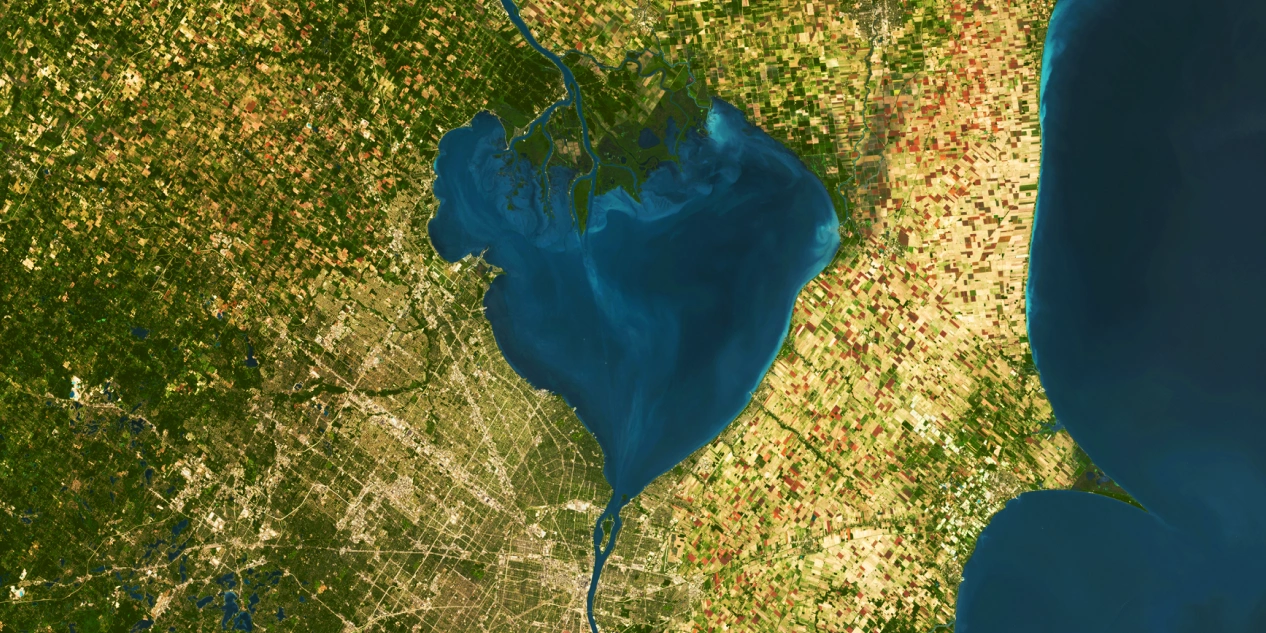
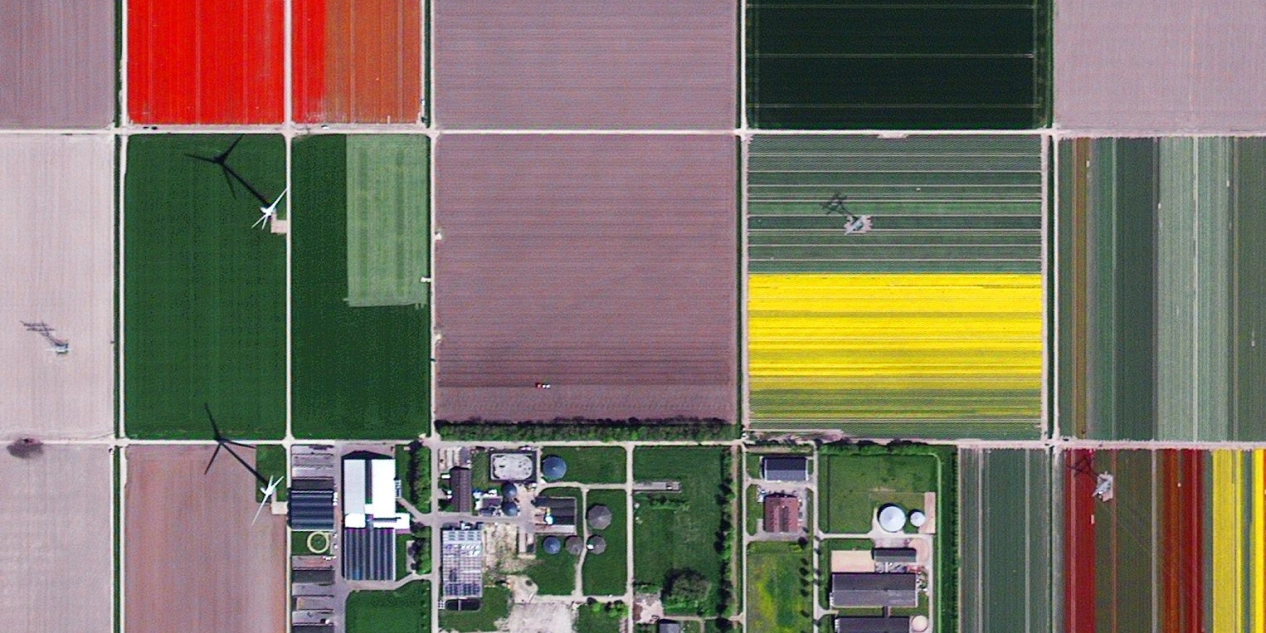

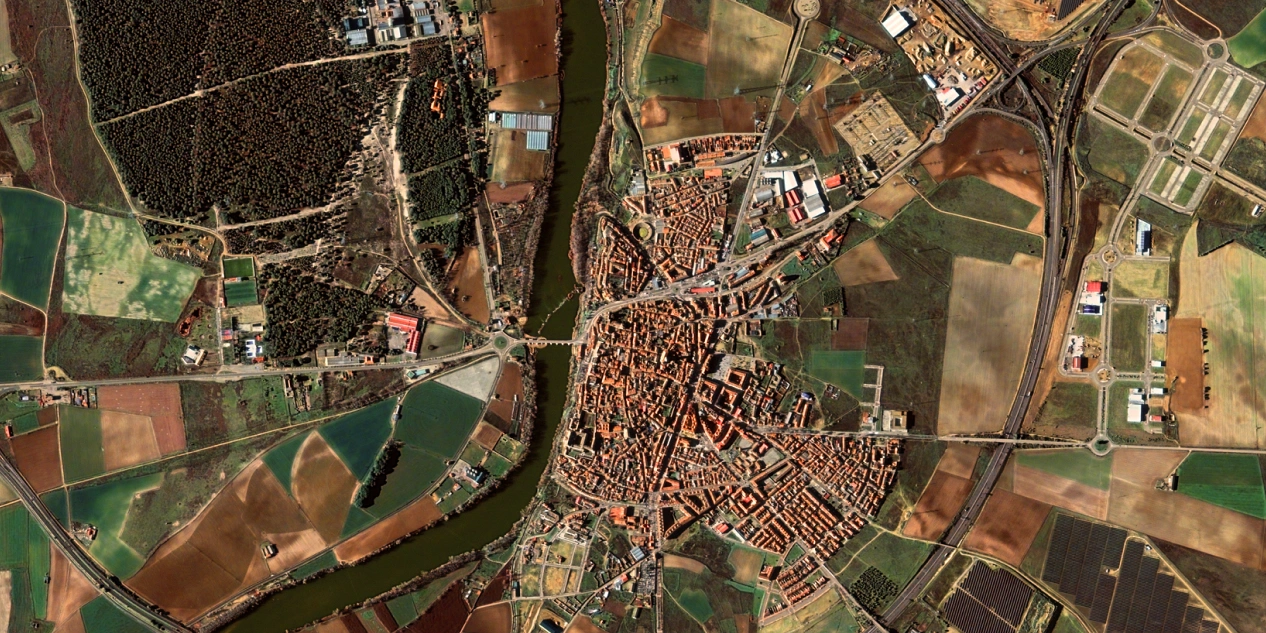
As for educational institutions, EOSDA LandViewer helps to demonstrate concepts such as land cover classification, change detection, and spatial analysis for students learning about remote sensing, geography, environmental science, and related disciplines. It is beneficial for researchers, too, as it provides access to a wealth of geospatial data that is used for analysis, visualization, and monitoring purposes, much like with GIS professionals.
Forestry companies and agencies benefit from EOSDA LandViewer as well. Those clients create woodland mapping, allowing forest managers to identify the location, extent, and condition of different forest types. They also monitor changes in land cover over time, as this information helps them detect illegal logging, monitor deforestation, plan for reforestation or afforestation efforts, or even determine forest health. The platform helps detect forest fires by satellite imagery data in near real-time, allowing respective managers to respond quickly and efficiently to contain the threat and protect valuable forest resources.
As for the forest fires, we have a category of environmental monitoring professionals interested in those. They work on monitoring natural disasters, and EOSDA LandViewer here is used for wildfires, floods, and hurricane monitoring. Those professionals access satellite imagery to assess the extent of damage, monitor changes in affected areas, and support disaster response and recovery efforts. Satellite imagery from EOSDA LandViewer can also help detect and monitor sources and extent of environmental pollution, such as industrial emissions, oil spills, and agricultural runoff.
Last but not least, the platform helps detect and evaluate various trends and climate change patterns due to historical data access. At EOSDA, we care about our planet and support initiatives aimed at identifying and assessing problems due to global warming, human intervention, etc. Plus, we are happy to participate in their possible elimination and assessment of how positive activities affect the world.
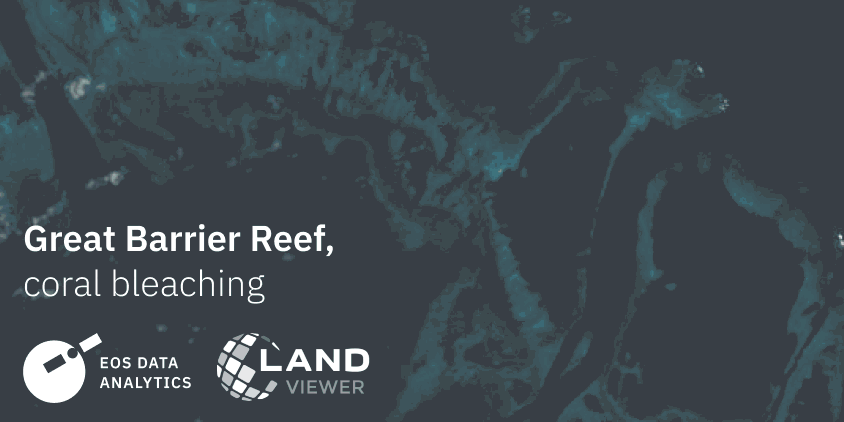
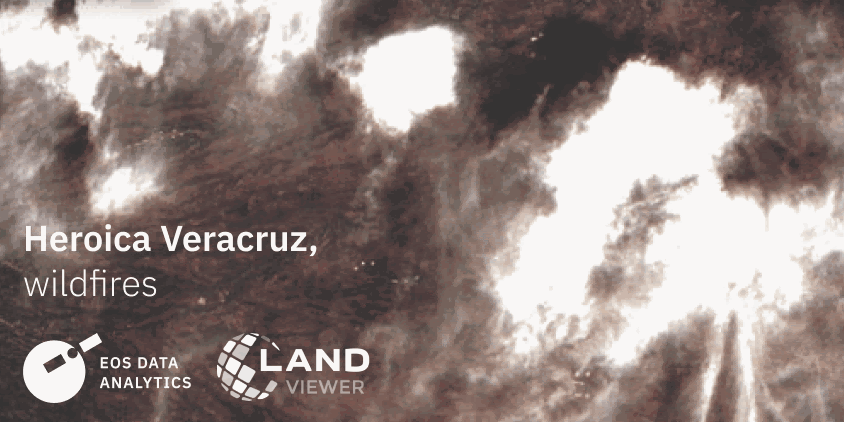

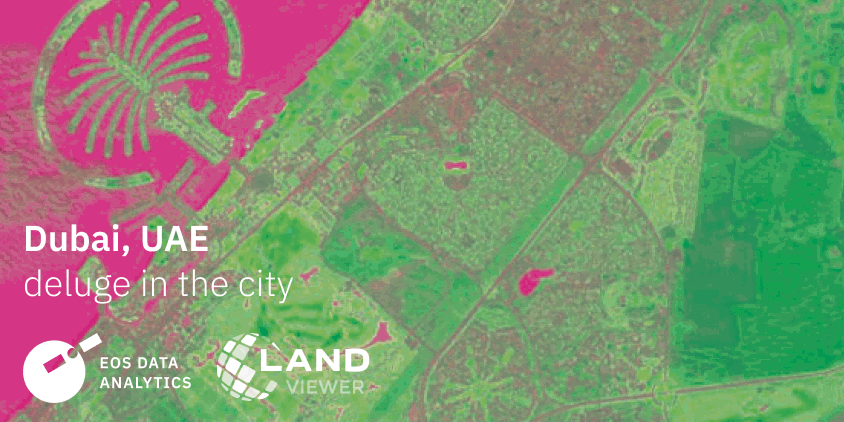
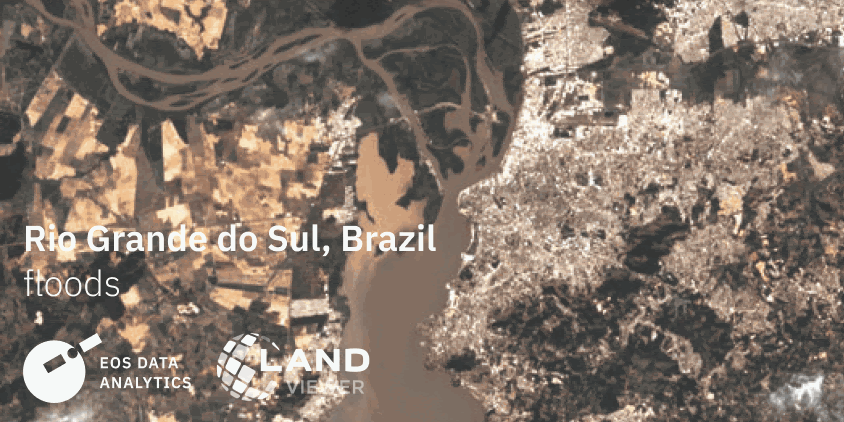
Another group is media professionals. Journalists use EOSDA LandViewer to access high-resolution satellite imagery to investigate and report and later enhance storytelling by providing visual context and evidence—to illustrate environmental changes, urban development, natural disasters, or even conflicts over time.
Lastly, EOSDA LandViewer benefits engineering companies by allowing them to perform site selection and analysis for infrastructure projects. Those clients use the platform to gather important site information, like terrain characteristics, land cover types, and environmental conditions, before beginning the project. Monitoring and surveillance are also used to track project progress and monitor changes in land cover and use.
Those are our main user groups.
EOSDA LandViewer
Search for AOI-specific satellite imagery, apply custom band combinations and download for free.
Gotcha. Are There Most Notable Ways EOSDA LandViewer Has Been Of Help Lately?
The most frequent user behaviors in 2024 are browsing scenes from different satellites, applying indices and band combinations on top, downloading images from different sources, creating time-lapse animations from satellite images, and conducting time series analysis and change detection. Notably, as clients have the ability to use various sources for their images, they utilize this functionality a lot, as that helps them choose the best suitable image for their needs.
We actually have a couple of international case studies with some well-known names, like Greenpeace, where we helped the organization follow the aftermath of several natural disasters in South Korea and China. Greenpeace used the comparison slider and different satellites as sources to evaluate the damage.
Some other notable case studies include Indigenous and local communities from Chad and Suriname. The Chad case covered how the local communities got together to create a comprehensive resource map for the tribes. High-resolution images from EOSDA LandViewer and further QGIS software processing were used. In the Suriname case, the Saamaka community turned to us for custom research on tracking illegal logging activities. We used EOSDA LandViewer to find the images and analyze them. Another case was covered on Tangier Island, the US, where the sea level rise gradually flooded the land. EOSDA LandViewer helped to uncover those cases and track changes over time.
As for the unusual ways users interact with the platform, we have had a strange trend lately when people try to use satellite imagery to search for their lost animals. EOSDA LandViewer is obviously not the best tool for that, as satellite imagery is more likely to capture big objects with more precision than small ones, like a dog. We also had a case when clients were planning a trip to the Arctic region and wanted to buy high-resolution imagery to spot ice cracks and plan the route to avoid them. Another funny trend spotted lately is numerous requests from people who want to use satellite imagery to find gold or treasure.
How Does EOSDA LandViewer Cater To The Diverse Needs Of Its Various User Groups?
We both have individuals who, for instance, are looking for high-resolution imagery of their property, or GIS specialists who are using EOSDA LandViewer in their projects, and big companies, for example, an agroholding with 150,000 hectares of fields. So, when considering different groups in our product development, we are always eager to make EOSDA LandViewer beneficial for the wider audience. We especially work hard now on high-resolution imagery since we want to make it easy to order just one image of an individual’s property and multiple sets for large areas of monitoring for big companies.
We talked a bit about the different user groups before, but I want to make a special mention of the educators and researchers who do not possess a lot of resources to use the platform due to budgeting. For those cases, we have an EOSDA Academic Outreach Program that helps with clients’ research or educational practices. Participants simply apply on the program page, describing their research needs, and we grant them limited access to EOSDA LandViewer solutions. It applies to students, GIS researchers, non-profits, etc. Anyone willing to participate can find out more from the page above. EOS Data Analytics is eager to help fellow scientists complete their projects and have as much access to data as possible.
Got It. In 2024, The Satellite Monitoring Market Is Extremely Competitive. How Does EOSDA LandViewer Manage To Stand Out In It?
That is a wonderful question! I wanted to talk about it for a while. So, our big competitors in the Earth observation field, like Airbus and Maxar, can be considered by some as an undefeatable threat. They have more resources in terms of bigger teams and owned satellites. So why even try to compete with those industry giants?
Those companies sell data from their own satellites, while EOSDA combines data from different sources in one place, which gives more flexibility to users in choosing their source. EOS Data Analytics cares about individuals’ purposes. Apart from the high-resolution imagery, we also have a large collection of data from other sources like Sentinel-1 and 2, Landsat, CBERS, and many more, which are widely used for analysis in different verticals.
Our biggest advantage is that we offer analytics on top of the imagery out-of-the-box, with no need to order everything for each image and pay separately for different analytics like vegetation indices, change detection, temporal analysis, etc. Users download the imagery from the platform to use it for more advanced analysis in third-party tools, which also gives more flexibility.
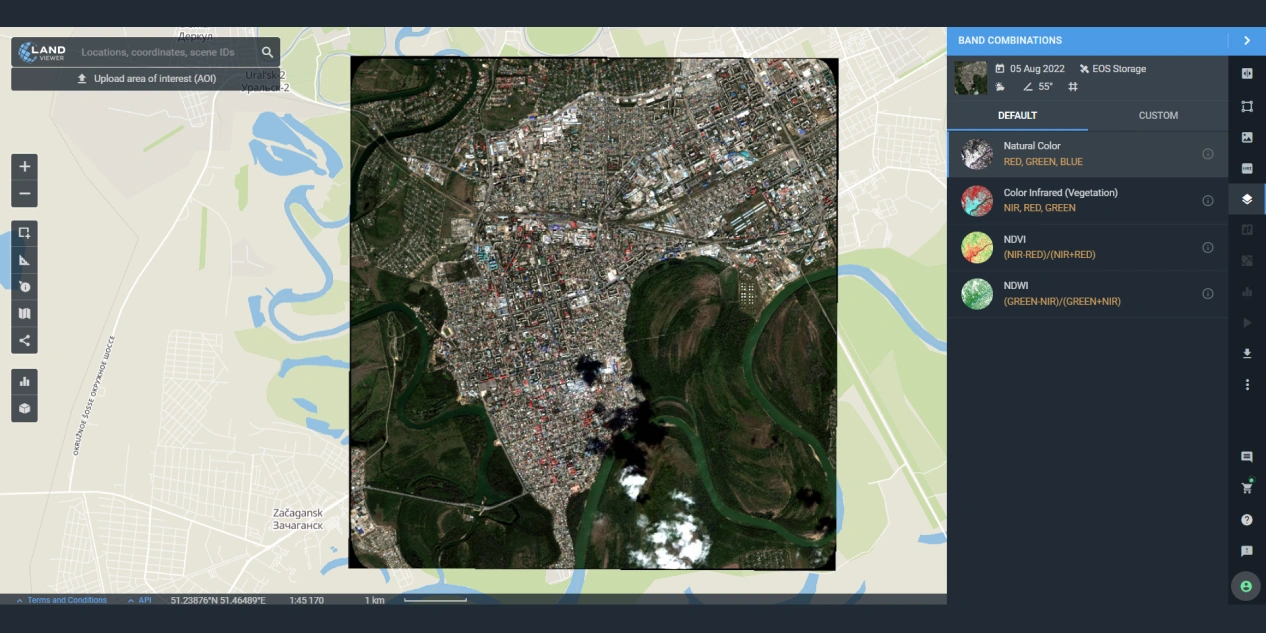
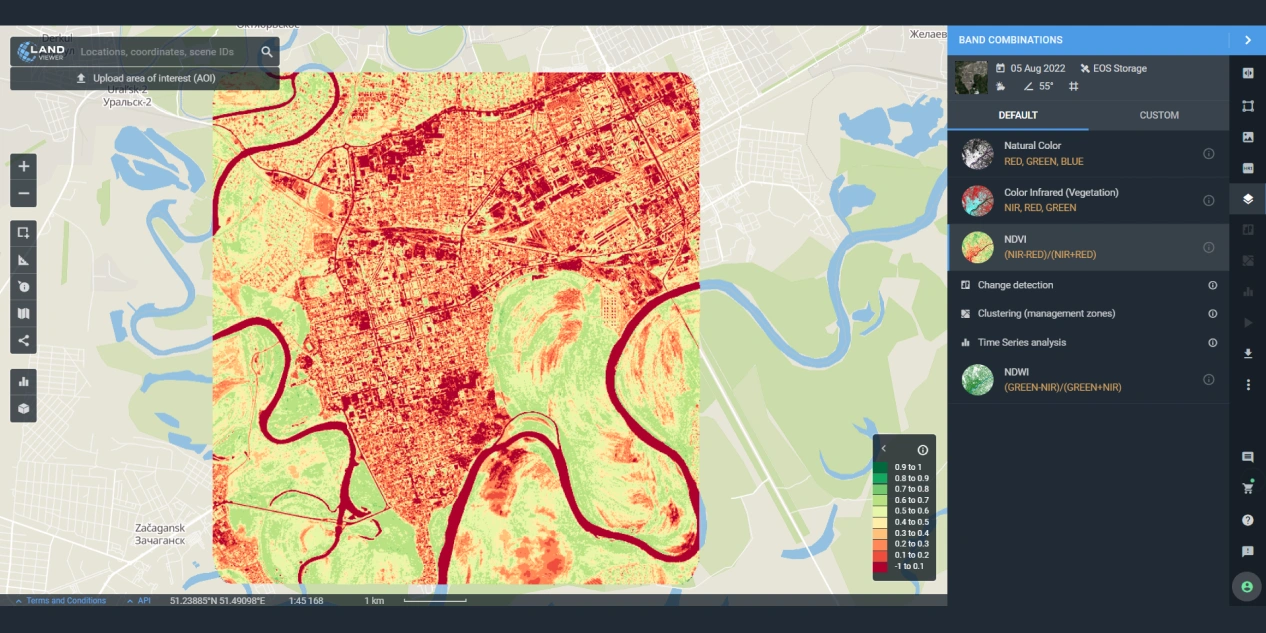
So, rephrasing Robert Kiyosaki, “The size of your success is measured by the strength of your desire and the size of your dream,” but not the size of the company or amount of resources. Look at Instagram, for instance. There were only 13 people working on their products before Facebook bought them, and they had around 30 million users. Resources matter, for sure, but our advantage is that we are smaller. We are less bureaucratized and react quickly to market changes. We allow ourselves more experiments and risky solutions, which giant companies cannot. On top of that, we have a strong desire to bring spatial technologies closer to ordinary people and show their benefits to them. I’d say it makes for a fierce competition.
Last Question. What Are The Long-Term Goals And Plans For EOSDA LandViewer?
For the next couple of years, our aim is to continue expanding our high-resolution satellite portfolio to offer better coverage and revisit times for our users. We also plan to add more open datasets and algorithms to EOSDA LandViewer. This will be done to empower our users to perform advanced geospatial analysis. From the side of making geospatial capabilities and satellite imagery closer to ordinary people, we plan to work closely with the product design and user experience to make it even more client-friendly.
As you also know, we can use EOS SAT-1 for even higher resolution. At this point, we are almost done with the integration from the technical side.
All in all, I would say to our clients — the updates are coming, and we cannot wait to share more of them with you. And to those considering trying EOSDA LandViewer — welcome. You are now embarking on a journey of being able to see the Earth from the most beautiful angle of all, space.
About the author:
Kseniia Kunakh has over 6 years of writing experience, working in various domains, including business, educational, and media-directed texts. Kseniia’s previous experiences as a development manager in a Ukrainian eco-NGO and as a talent matcher in an IT company make her a perfect combination of someone who is passionate about eco-tech innovations and can communicate about them with ease.
Recent articles

Analyze 2025 & Plan Your Best Year Yet: LandViewer Christmas Offer
It’s the most wonderful time of the year! The Christmas holidays are here, and so is your chance to analyze 2025 and plan a prosperous 2026 with more affordable Pro plans in LandViewer.

EOSDA Models Climate Change Impact On Sugarcane Yields
EOSDA modeled future temperature, rainfall, and other climate impacts on Veracruz sugarcane. The results help growers plan long-term adaptation strategies, including timing, varieties, and irrigation.

EOSDA LandViewer Black Friday Sale: Exclusive Offers & Giveaway
This Black Friday, LandViewer offers new users the chance to save on monthly plans, get extra months with yearly subscriptions, and participate in a free annual plan giveaway.

